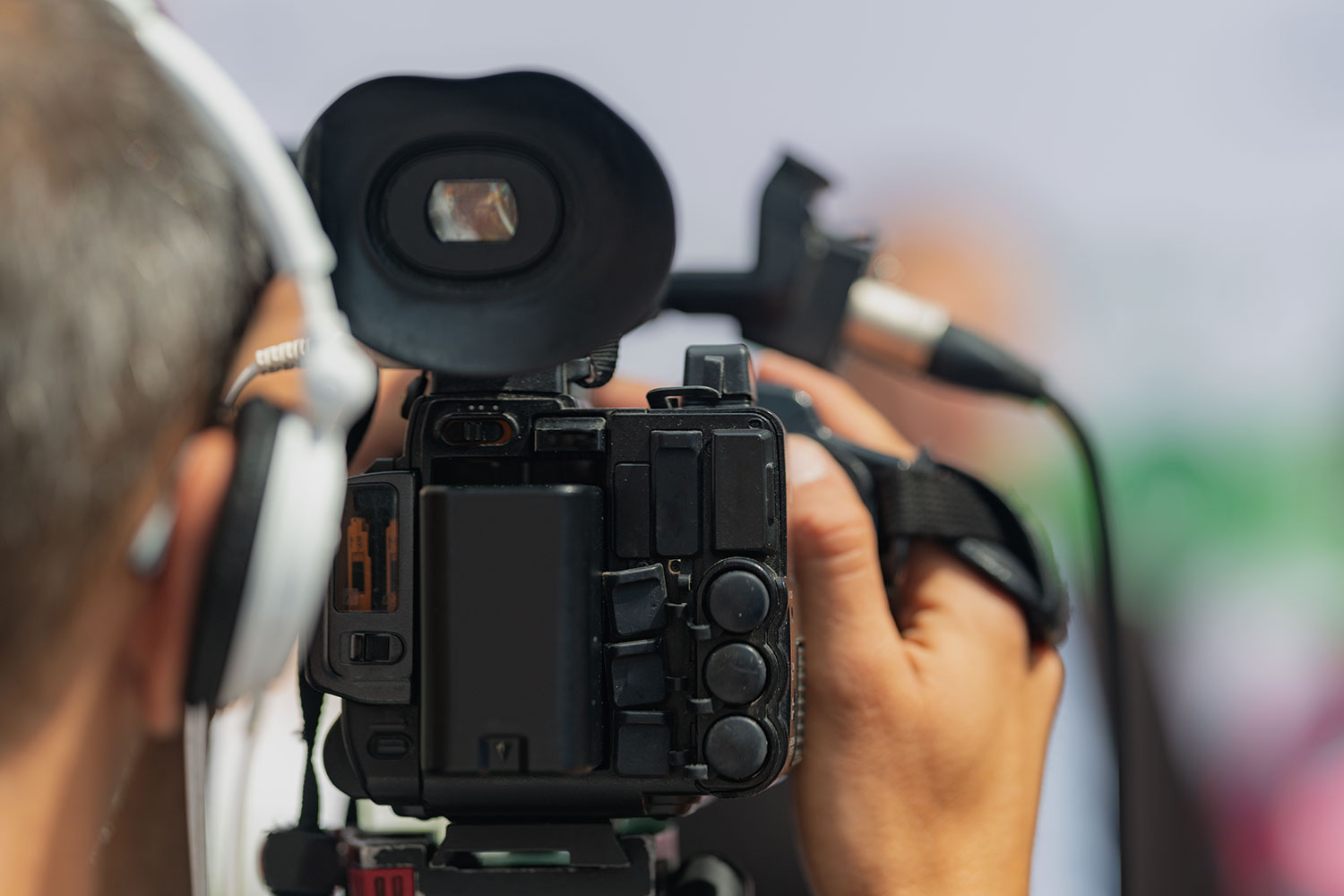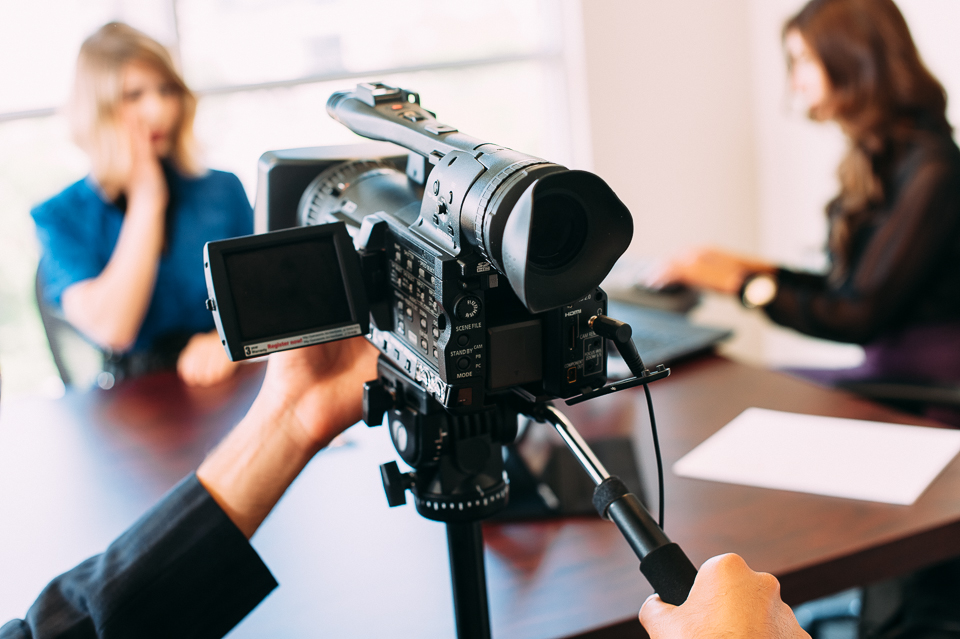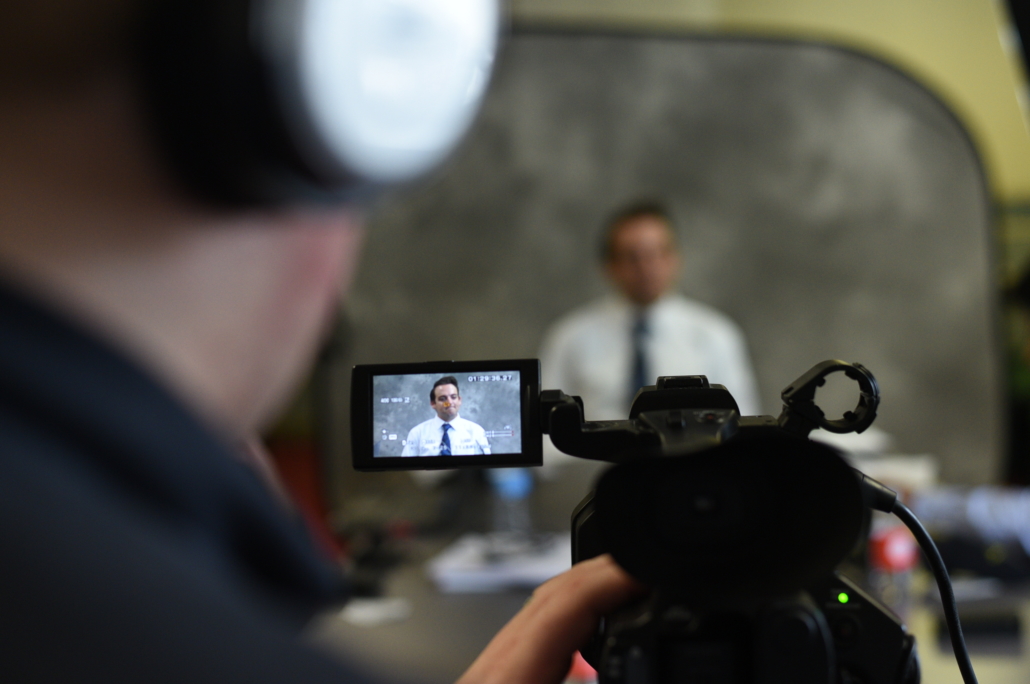How Legal Videography Improves Courtroom Discussions and Evidence
How Legal Videography Improves Courtroom Discussions and Evidence
Blog Article
Exploring the Systems of Lawful Videography: Introduction Its Operation in Shielding Genuine Visual Statement for Judicial Proceedings
In the realm of judicial procedures, the function of lawful videography stands as a keystone in protecting and providing visual proof. As modern technology remains to breakthrough, the devices behind legal videography have actually come to be progressively complex, using an essential layer of authenticity to testaments captured on video. By delving right into the operational intricacies of lawful videography, one can reveal the careful processes that safeguard the stability of visual evidence offered in courts - Legal Videography. This exploration not only drops light on the historical development of legal videography yet also means the future patterns that might even more reinvent how aesthetic statements are maintained in the realm of justice.
Historic Development of Legal Videography
Checking out the historical development of legal videography discloses a considerable makeover in the capturing and presentation of visual proof within the lawful landscape. In the past, legal process heavily relied on created transcripts and pictures to document occasions and supply proof. Nevertheless, with the arrival of video modern technology, the legal market experienced a standard shift in exactly how aesthetic testament was captured and presented.
The development of legal videography can be traced back to the late 20th century when advancements in video clip recording tools made it much more accessible for use in courtrooms. This technical advancement not only improved the accuracy and dependability of visual evidence yet likewise changed the means situations existed to juries and courts (Legal Videography). Attorneys started to identify the convincing power of video recordings in conveying feelings, subtleties, and non-verbal hints that written pictures or transcripts alone could not record efficiently

Innovation Improvements in Video Clip Documentation
What crucial technical innovations have changed video clip documentation in the legal field? The lawful area has seen significant advancements in video clip paperwork modern technology that have enhanced the authenticity and integrity of aesthetic evidence in judicial procedures. One of the essential advancements is high-definition (HD) video clip recording capacities, which provide crystal-clear images and sharp details that are vital for precisely recording testimonies, faces, and various other visual cues. In addition, the assimilation of timestamping and metadata features in video clip paperwork tools has allowed precise documentation of when and where the video clip was videotaped, guaranteeing the honesty of the proof presented in court.
Moreover, improvements in video clip file encryption and watermarking modern technologies have actually strengthened the safety and tamper-proof nature of video clip evidence, safeguarding it versus unapproved changes or meddling. Additionally, the arrival of cloud storage options and remote accessibility capacities has streamlined the storage, retrieval, and sharing of video clip evidence, promoting seamless cooperation among lawyers and making certain effective accessibility to important aesthetic testimonies when needed. These technical developments in video paperwork have definitely revolutionized the legal field, enhancing the accuracy, credibility, and admissibility of visual proof in judicial process.
Duty of Lawful Videographers in Courtroom Setups
The advancement of video clip documents modern technology in the lawful field has actually required a crucial function for legal videographers in courtroom setups, ensuring the integrity and dependability of visual testimonies offered during judicial proceedings. Lawful videographers play an essential role in recording and protecting accurate aesthetic evidence that can be pivotal in court instances. Their duty includes establishing up equipment, videotaping procedures, and generating premium videos that accurately mirror the events in the court room.
In addition, lawful videographers usually work closely with legal teams to make sure that the video proof aligns with the instance's requirements and can be properly provided in court to sustain the lawful disagreements being made. On the whole, the function of legal videographers in courtroom settings is vital in supporting the principles of justice and making sure the openness of lawful process. Legal Videography.

Ensuring Admissibility and Stability of Video Proof
To preserve the trustworthiness of aesthetic proof provided in lawful proceedings, guaranteeing the admissibility and honesty of video evidence is a vital duty for lawful videographers. Admissibility refers to the approval of proof by the court, and for video clip evidence to be acceptable, it should satisfy specific requirements. Legal videographers play a crucial duty in guaranteeing that the video clips they record comply with the policies of proof, such as integrity, importance, and credibility.
Stability of video proof includes preserving the creativity and find precision of the video footage from the moment it is recorded up until it is provided in court. This includes safely saving the video clip documents, documenting the chain of protection, and preventing any kind of meddling or modifications. Lawful videographers should follow rigorous procedures to guarantee the integrity of the video evidence and stop any kind of challenges to its authenticity.
Future Trends in Legal Videography
Offered the raising reliance on technology in lawful procedures, legal videographers are positioned to welcome ingenious improvements forming the future of visual statement capture and discussion. One of the prominent trends imminent is the assimilation of digital truth (VIRTUAL REALITY) and augmented truth (AR) technologies right into lawful videography. These innovations have the possible to revolutionize exactly how visual proof exists in courts, enabling judges and juries to immerse themselves in the scene of the criminal offense or event.
In addition, the use of expert system (AI) algorithms for video analysis is expected to streamline the procedure of assessing and assessing big quantities of video footage. AI can help in determining vital moments, abnormalities, and patterns within videos, improving the efficiency of lawful investigations.

Verdict
Finally, lawful videography has actually played an important duty in supplying authentic visual proof for judicial procedures. Via technological innovations and the experience of lawful videographers, the stability and admissibility these details of video clip evidence are made sure in courtroom settings. As lawful videography proceeds to develop, it will certainly be important to promote standards that keep the precision and reliability of visual statement for the future of lawful proceedings.
Taking a look at the historical progression of legal videography exposes a substantial change in the catching and discussion of aesthetic evidence within the legal landscape.The development of video clip documents modern technology in the lawful field has required a crucial role for lawful videographers in court room setups, guaranteeing the stability and dependability of visual testaments provided throughout judicial process. In addition, lawful videographers typically function very closely with lawful groups to ensure that the video proof lines up with the situation's demands and can be properly provided in court to support the legal disagreements being made.To keep the click here for more info credibility of visual proof offered in lawful proceedings, making sure the admissibility and stability of video clip evidence is an important responsibility for lawful videographers. As lawful videography proceeds to progress, it will be vital to promote criteria that keep the precision and dependability of visual testimony for the future of legal process.
Report this page